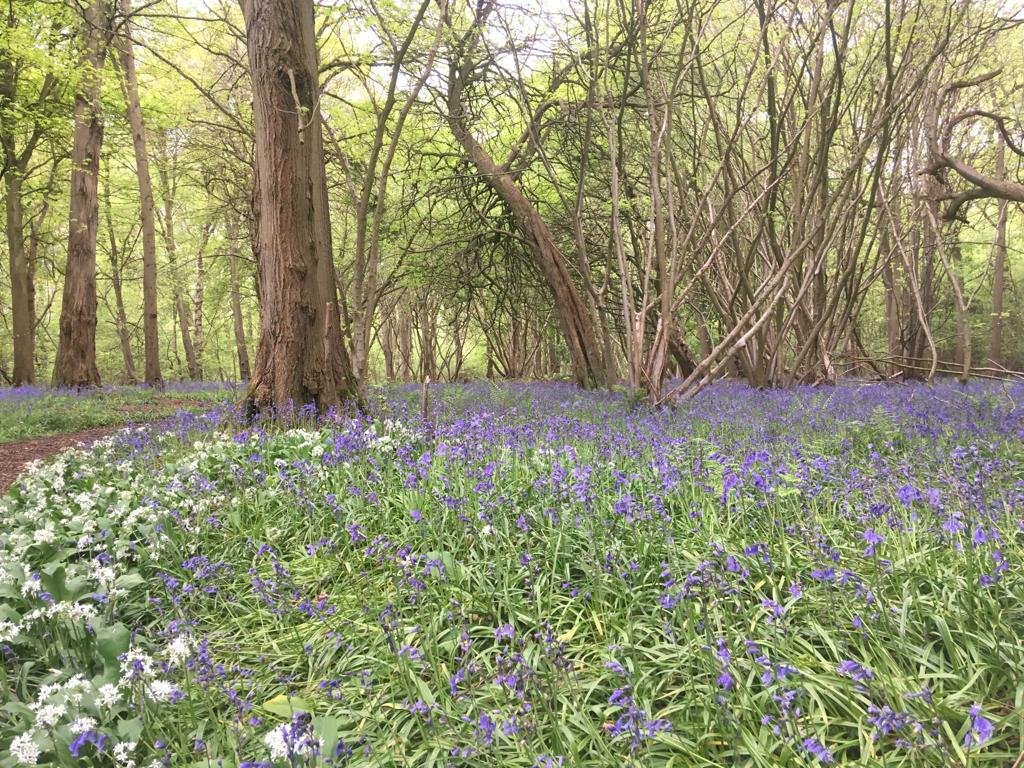
A hidden gem in the heart of Norfolk
Open to the public 1 April to 31 August (from 10am to 4pm)
Welcome to one of Norfolk’s finest Ancient Woods
Hockering Wood is the third largest Ancient Wood in Norfolk (after Foxley and Haveringland Great Wood), extending over an area of 89 hectares (220 acres). It is a Site of Special Scientific Interest (SSSI), owned privately by the Hutton family and managed by Michael Ryder of Oakbank Game & Conservation Ltd under a plan agreed with various stakeholders, both national and local.
Overview
The history of the Wood is not well documented. It is shown as almost the same outline as today on Faden’s Map of 1797 and 1805. It is also referred to on a map dating back as early as 1316. By the 18th century the Wood formed part of the Berney estate, centred on Morton Hall. During the Second World War many of the rides were concreted and large numbers of bomb storage areas were created. In 1956 the Wood was acquired by Captain Hutton and remains within the ownership of the Hutton Family. In Hockering you will find small-leaved lime, oak, birch, hazel, ash, sycamore and a variety of conifers, with an established understorey of lime and hazel coppice, together with a wide range of flora and fauna. The Wood is actively managed in conjunction with the Forestry Commission and Natural England.
The Wood is particularly special because it is dominated by small-leaved lime, an uncommon tree in East Anglia. Other parts of the Wood support oak, ash and hazel. Coppice management serves to encourage a varied woodland structure and a rich variety of wildflowers.
Hockering is a working wood, where the management is aimed at allowing commercial forestry and wildlife to co-exist.
In Spring the Wood is very colourful, with carpets of primroses, bluebells, anemones, purple orchids and the rare lily-of-the-valley. The Wood is rich in birdlife and on spring mornings echoes to the sound of the dawn chorus.

Documented for over 800 years
Photo ©David Robertson
Soils
The soils within the Wood are glacial drift soils, mapped by the Soil Survey as falling within Beccles Association, except in the extreme south-eastern
corner, where Burlingham soils occur. That said, they appear very variable in character, in some places sandy, elsewhere heavy and poorly draining,
sometimes acidic, sometimes calcareous.
Archeology
The archeological features of the Wood include old field boundaries and numerous rectangular earthworks. A Nissen hut, relocated, stands by the present entrance on the north side of the Wood, with the ruins of the other in the far south. The principal rides within the Wood all retain their Wartime surfacing and a number of additional roads laid out at this time remain.
Bluebell season is typically mid to late April











